With speculation pointing to a 2013 partial opening of the much-awaited Chennai Metro Rail project, it would now be prudent to consider the next phase of this highly ambitious project. The project’s Phase I grand opening is due some time between next year and 2016, and comprises two lines operating on a roughly northeast-southwest axis. From Chennai Central, the lines will split, with one following Anna Salai, and the other taking in an arc through Anna Nagar and Koyembedu. They will unite again at Alandur station, before the Anna Salai line continues to the airport, and the Anna Nagar line terminating at the next stop, St Thomas Mount.
The success of these lines, built partially above ground, and partially below, remains to be seen. It will depend on a plethora of factors, not least the handling of operations by Chennai Metro Rail Limited (CMRL). This includes, foremost, the general amenity of the stations and rolling stock; testament to that is the disappointing patronage on the MRTS. Toilets should be available, maintained and clean, carriages and underground stations must be air conditioned, and trains must be a comfortable alternative to driving – otherwise people would rather drive. It’s obvious, really. As Enrique Penalosa Londono, former mayor of the Colombian capital Bogota once said; “an advanced city is not a place where the poor move about in cars, rather it’s where even the rich use public transportation”.
Intermodal functionality will also affect the success or otherwise of the two new lines: passengers should be able to move seamlessly from buses to metro trains and the like, without the need to buy a new ticket. Similarly, confusion reigns over whether the substandard MRTS line will be taken over by CMRL; an attractive option, considering how a Park Town – Mylapore – Velacherry – St Thomas Mount line would fit into the wider network. In this 2010 Times of India article, it seemed likely that the MRTS, operated by Southern Railways, would fold into the wider Metro rail network. However politicking since then has cast doubt on whether it will ever happen. Similarly the local line stretching from Central to Guindy and Tambaram – CMRL could operate this service better or more efficiently, with links to other parts of the network. The proposed (and completely useless) monorail gimmick could even be worked in somehow. The technology is available for such interlinked systems, however they would obviously require several parties to drop their respective bureaucratic bundles and come to the party – easier said than done.
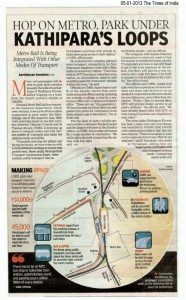
A Times of India article featuring the proposed car parking spaces in the Kathipara junction loops (Image: Times of India, CMRL)
Finally, and this is linked to the aforementioned points, the new development must offer logistical convenience from a commuter’s perspective. If built to a plan shown on the CMRL Facebook page, proposed car parks in the centre of the Kathipara road interchange could force commuters to walk up to 600 metres to their cars along an untidy, congested highway, all the while being hassled by predatory rickshaw-wallahs. In the heat, and after a long journey, some will undoubtedly dodge cars to cross the highway rather than utilising the planned pedestrian subway, which at the very least will trigger further traffic snarls, and at worst could see pedestrians injured or killed while playing chicken with the wall of vehicles. The solution, yet again, is an integrated one, with convenient and direct linkages between station and parking facilities.
It is easy to be optimistic about such issues when one doesn’t consider the reality on the ground. Even if the appropriate pedestrian subways were planned, we would be naive to think they would be of the highest potential standard – ingrained corruption will see to it that they are built out of cheap, if not substandard materials, while the players at the top skim the cream for themselves. So CMRL’s problems are not easily fixable, especially at this late stage. However what can be prepared for and planned are the next phases of Chennai’s metro rail plan.
Phase II of the Chennai Metro, due to begin planning and construction in the next few years, is expected to see three new lines carved up in Chennai’s west. A mock of the complete metro system can be seen to the left. Orange, yellow and green lines are part of Phase II, while the black lines are existing local and MRTS lines (assuming they are somehow incorporated into CMRL’s plans). The integrated transport network would provide excellent transport coverage for most of Chennai’s metropolitan area. Feeder bus services could be established to cater to colonies and regions without direct metro access, and the widespread use of one simplified metro network would relieve pressure on existing bus services, meaning either greater services where they are needed, or cost savings overall.
Conspicuously absent is a line connecting the outer regions, such as Chennai Airport to Ambattur via Poonamallee. Lines should also be extended along the IT corridors towards Tambaram (a notion already mooted), Shollinganallur, and west to the industrial city of Sriperumbedur. These would relieve the traffic currently choking GST, OMR, ECR and Poonamallee High Road in the morning and evening rush hours. In time, these lines could be taken even further; offering fast, comfortable and convenient services to Kanchipuram and Mamallapuram. These major service cities feed thousands of commuters into Chennai each day, temporarily swelling the capital’s population. Under such circumstances, should a wider, more inclusive metro blueprint be considered unreasonable?
Chennai’s traffic is only getting worse, and it is clear that mass public transit is the best solution to traffic issues in the world’s major metropolises. Long shunned by visitors as too crowded, too disorganised, too unplanned and too inconvenient, Chennai here has a once-in-a-lifetime opportunity to raise the standard of living in India’s fourth biggest city. Think of the changes Chennai has seen in the past fifty years, and then imagine how different it will be in another half-century – the time to change things is now.
If only for their own selfish reasons the Chennai City Corporation, Tamil Nadu’s state government, and of course CMRL would do good to consider how history will judge them and the mark they left on the city in the first two decades of this century.

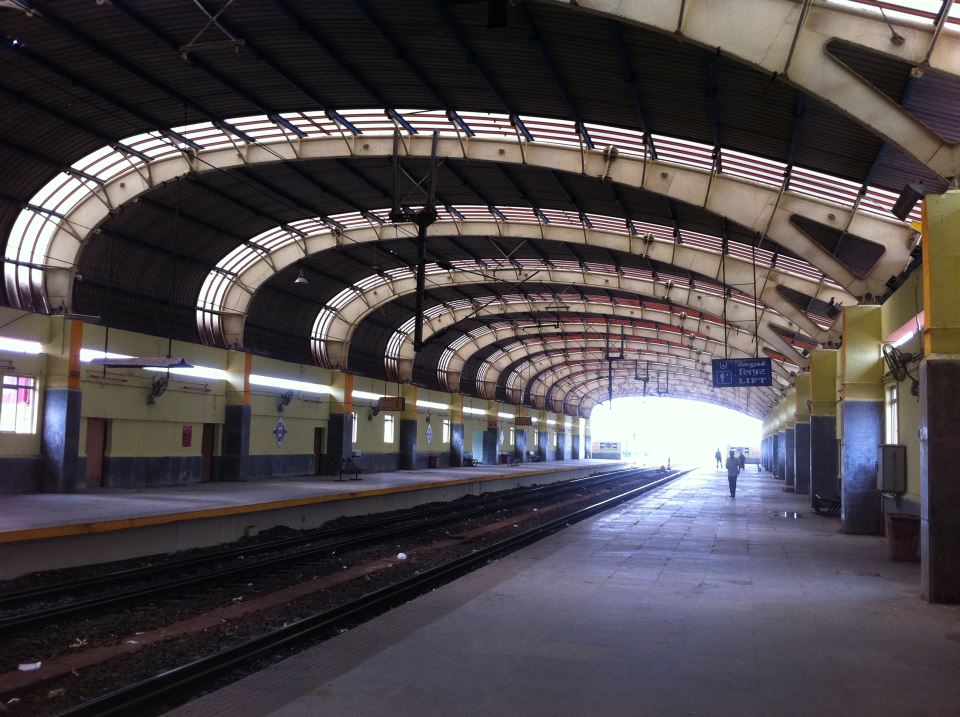
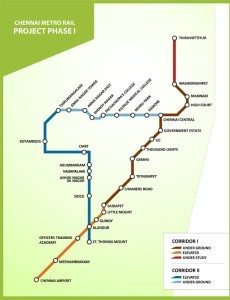
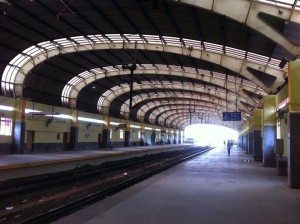
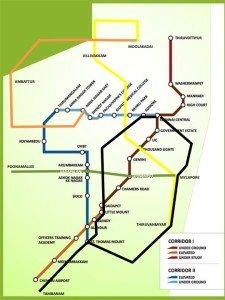



0 Comments